
Mosquito Control Services in Strawberry, SC
Strawberry, SC sits in the heart of Berkeley County’s river and wetland country, where hot afternoons, summer storms, and shaded lots create ideal breeding conditions for mosquitoes. Proximity to the West Branch of the Cooper River, canals tied to the Santee Cooper system, stormwater ponds, roadside ditches, and wooded low spots near Old Highway 52 mean water can linger just long enough for larvae to mature. Add porches, carports, and outdoor play areas, and you get the familiar pattern: a few bites at dusk turn into nightly swarms that make patios and backyards hard to enjoy.
All U Need Pest Control provides mosquito control in Strawberry, SC tailored to rural homes, small neighborhoods, and properties set near woods or water. We time services to local weather, treat both adult and juvenile mosquitoes, and cut off breeding at its source. Whether you’re a few minutes from Strawberry Chapel, commuting toward Moncks Corner or Goose Creek, or on acreage edging timber and marsh, we’ll build a plan that keeps evenings comfortable—and keeps populations from roaring back after rain.
Our programs are family- and pet-conscious, built around inspection, targeted treatment, and prevention you can actually maintain. Want your yard back before the next warm front? Call 1 (888) 239-BUGS for a free inspection and a Strawberry-smart plan.
Pest Control Services in Strawberry, SC
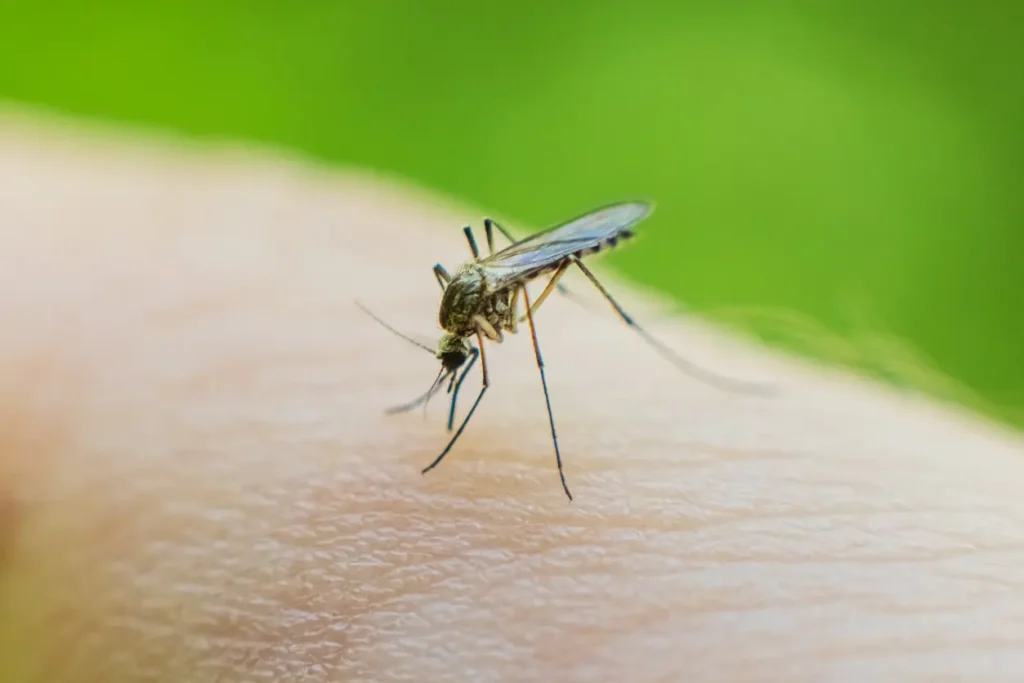
Understanding Mosquito Behavior
Mosquitoes need standing water to reproduce and cool shade to rest. Strawberry’s landscape supplies both. Stormwater basins in new builds, shallow ruts from work trucks, low spots along farm lanes, and leaf-clogged gutters all host eggs and larvae. After a thunderstorm or days with afternoon downpours, water sits just long enough—5–7 days—for a full generation to emerge.
Adult mosquitoes spend daytime hours hiding under decks, in dense shrubs, under sheds, and along the leeward side of buildings. In the evening, they track human scent and CO₂ toward porches and play spaces. Homes near canals, cypress edges, and swampy drainages can see activity spike after minor flood events, especially when summer heat shortens the life cycle.
Mosquitoes multiply fast because the life cycle is short and efficient:
- Females feed on people or animals, then lay eggs on standing water or damp surfaces that will soon flood. Males do not bite.
- Eggs hatch to larvae (“wrigglers”) that develop entirely in water.
- Larvae become pupae, a resting stage that needs only a few days in warm weather.
- Adults emerge, seek shade, and females begin biting again to start the next cycle.
Breaking that cycle means finding water, treating larvae, and denying daytime resting sites—while creating a protective barrier where you live, sit, and play.
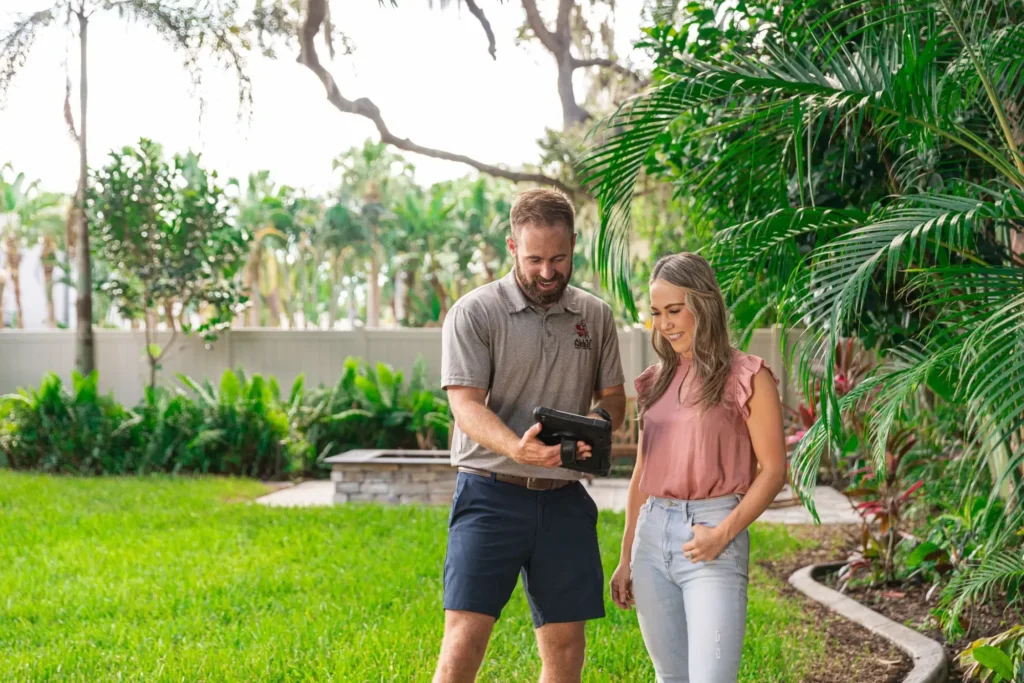
The Risks of Mosquitoes
Beyond itchy welts, mosquitoes can spread West Nile virus, Zika virus, and dengue, along with other arboviruses documented in the Southeast. Strawberry’s warm season is long; even a mild winter can carry low-level activity into early spring. That’s why consistent, well-timed control matters.
West Nile Virus
Spread by certain Culex mosquitoes, West Nile can range from mild fever to rare neurological illness. Older adults and immunocompromised individuals face higher risk. Prevention—reducing bites and breeding—is the best defense.
Zika Virus
Often mild or unnoticed, but serious in pregnancy due to birth-defect risks. Because container-breeding Aedes species love small, man-made water sources (buckets, toys, tires), Strawberry properties benefit from weekly water checks and container control.
Dengue
Occasional outbreaks in the Southeast remind us that travel plus the right mosquito species can seed local transmission. High-quality backyard control reduces the odds that a single imported case turns into a neighborhood problem.
Other mosquito-borne illnesses seen in the region include:
- Malaria
- Eastern equine encephalitis
- St. Louis encephalitis
- Chikungunya virus
Simple habits amplify protection:
- Dump standing water weekly so eggs can’t become adults.
- Target larvae in unavoidable water features.
- Use repellent during peak hours.
- Screen sleeping areas for airflow without bites.
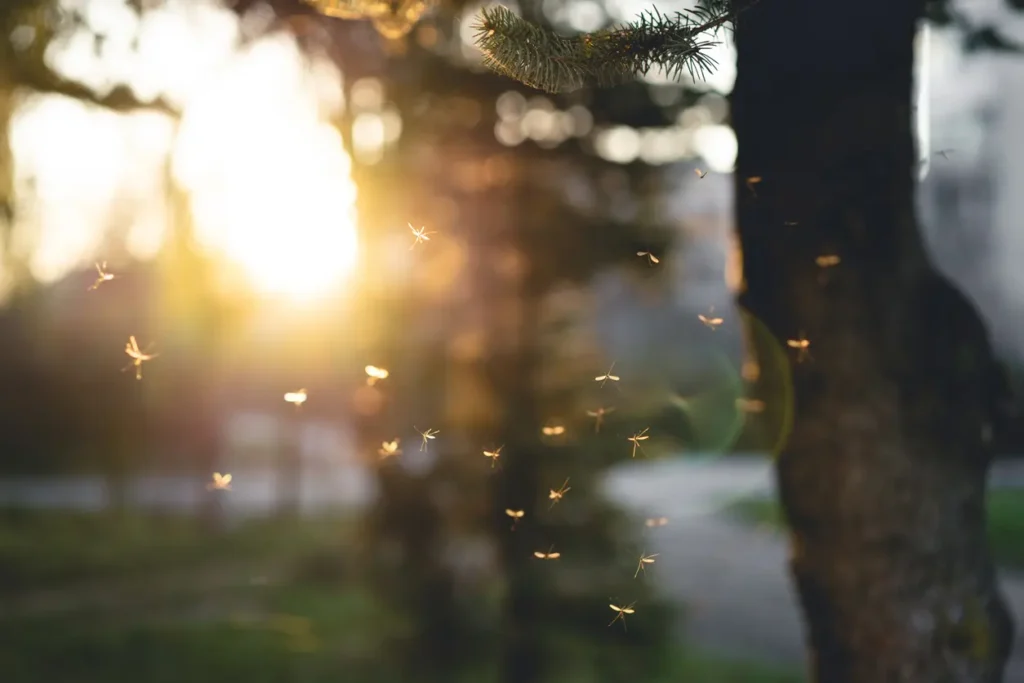
Signs of Mosquito Activity
H2: Effective Mosquito Treatment Methods :H2
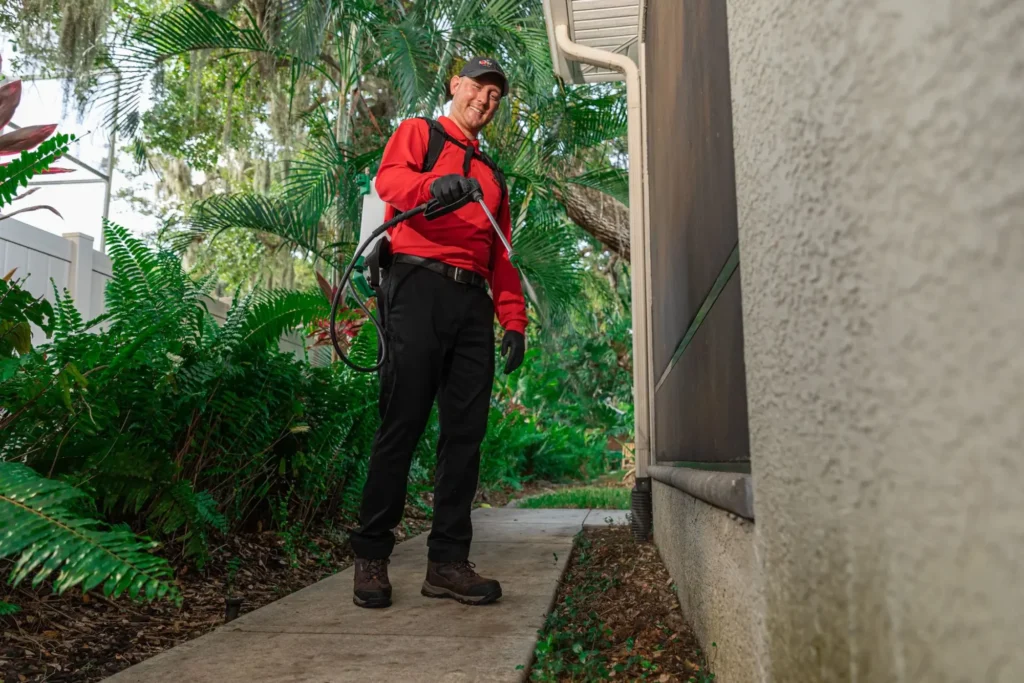
We blend fast knockdown with durable prevention, matched to Strawberry’s weather patterns and lot styles. H3: Flushing Agents :H3 Used in dense vegetation and under decks to drive resting mosquitoes into contact with treatments. This step reveals “hidden” pressure so the rest of the plan lands harder. H3: Barrier Sprays :H3 Precisely applied to shrubbery, fence lines, the undersides of leaves, pergolas, and porch rails where adults sit during the day. Barriers can last weeks, but summer storms reduce longevity, so we time refreshes around rainfall. H3: Fogging :H3 Useful for events, sudden spikes, or large rural lots. Fogging knocks down active adults quickly, then we follow with larviciding and barriers so numbers don’t rebound in days. H3: Larvicides :H3 Placed in retention basins, French drains, swales, and hard-to-drain pockets, larvicides prevent emergence. We choose products safe for intended sites and time them to rainfall and irrigation schedules. H3: Citronella :H3 Handy for short porch sits and cookouts, but limited. Treat citronella as a supplement, not your only line of defense. H3: Using Fans :H3 Mosquitoes are weak fliers. Box fans or ceiling fans on porches and patios break flight paths and disperse human scent. Pair with barriers for a big comfort boost. H3: Integrated Pest Management :H3 Our IPM approach combines inspection, habitat changes, larval control, adult barriers, and monitoring. We adjust visit timing for Strawberry’s storm cycles so treatments cure properly and hold through pop-up showers.
H2: Eco-Friendly Mosquito Solutions :H2
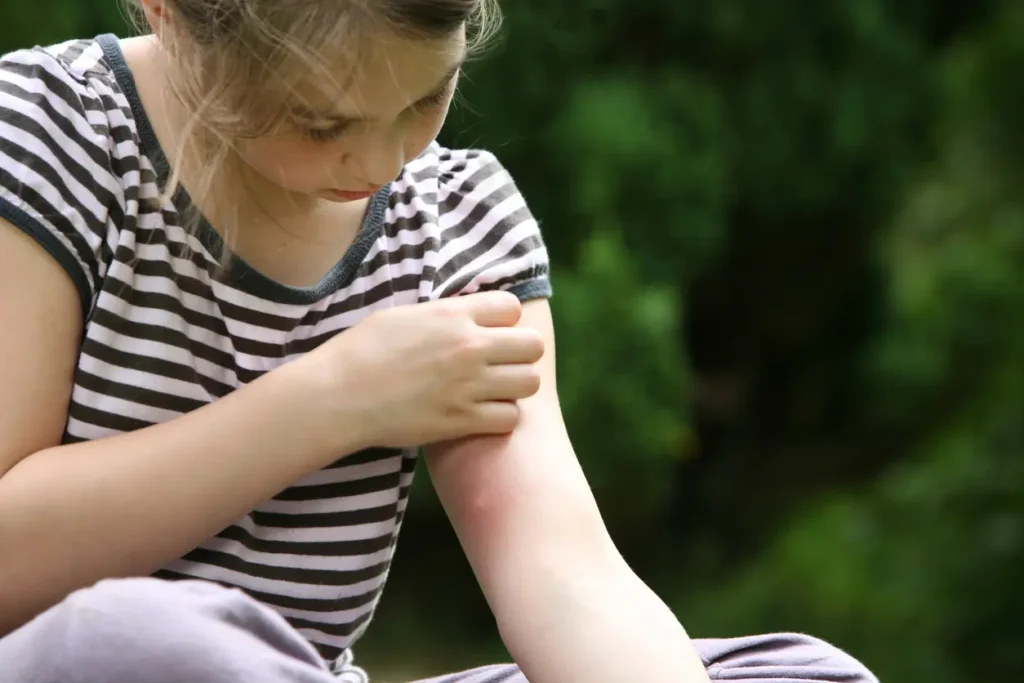
We keep chemistry focused and modest—only where it works hardest—and strengthen results with non-chemical steps. H3: Minimum-Risk Pesticides :H3 Plant-based or reduced-risk formulations can contribute to control when placed accurately on resting zones. We often pair them with physical changes so you’re not relying on product alone. H3: Water Aeration :H3 For decorative ponds or stock tanks, aerators and fountains interrupt larval development by keeping water moving. Combine with larvicides for a stronger barrier. H3: Dragonfly Habitats :H3 Dragonflies eat adult mosquitoes and larvae. Native plantings around ponds and along the edge of larger basins can encourage beneficials as part of a balanced strategy.
H2: Mosquito Prevention Tips :H2
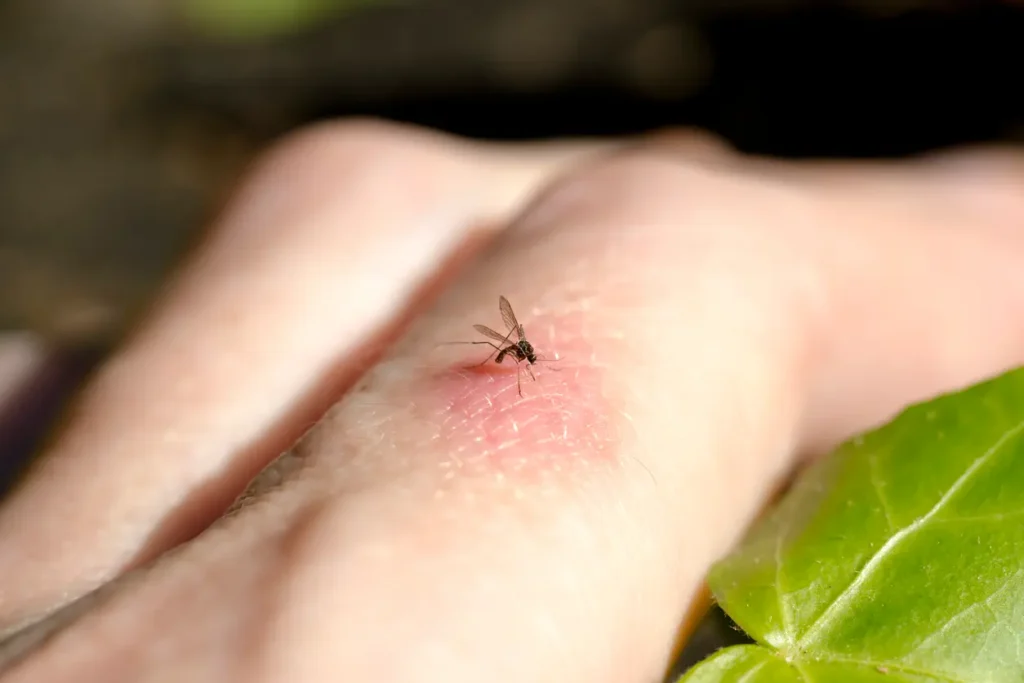
Professional treatment does the heavy lifting; simple routines lock in the gains between visits. H3: Eliminate Standing Water :H3 Focus on the “usual suspects” after storms: LIST: LI: Gutters and downspouts—flush leaf dams; re-angle sagging troughs. :LI LI: Tires, toys, and tarps—store dry or drill drain holes where safe. :LI LI: Buckets and wheelbarrows—tip or hang when not in use. :LI LI: Animal waterers—scrub slime weekly and refresh often. :LI LI: Low lawn spots—topdress or regrade to stop puddling. :LI :LIST H3: Seal Mosquito Entry Points :H3 Fix screen tears, seal gaps around vents and attic fans, and add door sweeps to keep indoor nights bite-free. H3: Use Mosquito Repellents :H3 Choose EPA-registered repellents (DEET, picaridin, oil of lemon eucalyptus). Treat socks, shoes, and cuffs—where first contacts happen. H3: Invest in Proper Landscaping :H3 Thin dense shrubs, lift low branches, and keep grass trimmed along fence lines and ditch edges. Sun and airflow make yards less attractive to resting adults. H3: Use Fans and Other Air-Movers :H3 Add porch fans or a box fan near seating to make landing difficult and evenings more comfortable. H3: Work With a Professional :H3 A local provider aligns service with Berkeley County weather and your property’s quirks. LIST: LI: Inspect for breeding and resting sites you might miss. :LI LI: Treat proactively to stay ahead of storm-driven surges. :LI LI: Coach prevention, so small weekly habits deliver big returns. :LI :LIST Other steps you can take include: LIST: LI: Keep trash lids sealed and rinse sticky residues. :LI LI: Empty birdbaths and pet bowls often—or add small pumps. :LI LI: Plant citronella, lemongrass, lavender, or marigold near seating as a light supplementary deterrent. :LI :LIST
H2: Why Choose All U Need Pest Control for Your Mosquito Problem? :H2
Your home in Strawberry, SC should be for cookouts and porch talks—not swatting. We match treatment to your lot type (wood-edge, pond-adjacent, or open field), pace visits to storm patterns, and focus applications where mosquitoes rest and people relax. Expect clear communication, photo-documented findings, and a plan you can understand in minutes. From properties near Strawberry Chapel and the Cooper River corridor to neighborhoods between Goose Creek and Moncks Corner, our team delivers safe, effective mosquito control that prioritizes comfort and consistency. If pressure flares between scheduled services, we reassess and retreat as needed—so your yard stays usable through the long warm season. Don’t wait for the next downpour to hatch another wave. Call 1 (888) 239-BUGS to schedule your free inspection and reclaim your evenings in Strawberry with a plan that actually holds up to Lowcountry heat and storms.
https://alluneedpest.com/wp-content/uploads/2022/10/2022_BrandPhotography_AllUNeedPestControl-33-scaled.webp
Location Contact:
419 N Cedar St Summerville, SC 29483
Get Directions for 419 N Cedar StSummerville, SC 29483 on Google Maps843-489-8818
Call All "U" Need Pest Control